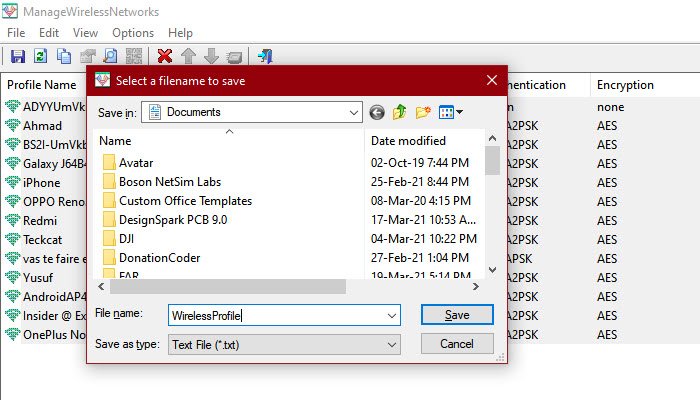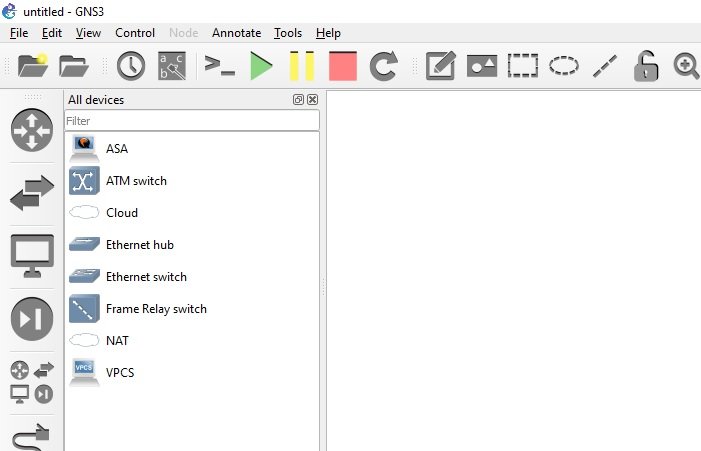

- NETSIM 10 REDDIT UPDATE
- NETSIM 10 REDDIT SOFTWARE
- NETSIM 10 REDDIT LICENSE
- NETSIM 10 REDDIT PROFESSIONAL
- NETSIM 10 REDDIT SIMULATOR
It uses Linux network namespaces as its virtualization technology to create virtual nodes.
NETSIM 10 REDDIT SOFTWARE
Mininet is designed to support research in Software Defined Networking technologies. Please click here to see my posts about Kathara and Netkit. The Netkit project’s web site has a long list of interesting lab scenarios to practice, with documentation for each scenario. Kathara is a new version of Netkit, implemented using modern technologies like Docker, and backwards-compatible with Netkit labs. Please click here to see my posts about IMUNES. It works well and offers good performance, even when running IMUNES in a VirtualBox virtual machine. IMUNES supports a graphical user interface. It uses Docker containers and Open vSwitch on Linux. It uses the kernel-level network stack virtualization technology provided by FreeBSD. IMUNES runs on both the FreeBSD and Linux operating systems. Please click here to see my posts about GNS3.Ī team of researchers at the University of Zagreb developed the Integrated Multi-protocol Network Emulator/Simulator (IMUNES) for use as a network research tool. GNS3 provides a variety of prepared open-source virtual appliances, and users can create their own. GNS3 can also be used to simulate a network composed exclusively of VirtualBox and/or Qemu virtual machines running open-source software. GNS3 has a large user base, made up mostly of people studying for Cisco exams, and there is a lot of information freely available on the web about using GNS3 to simulate Cisco equipment.
NETSIM 10 REDDIT SIMULATOR
GNS3 is a graphical network simulator focused mostly on supporting Cisco and Juniper software.
NETSIM 10 REDDIT LICENSE
The community license is not clearly stated and I cannot find the source code, so I am wondering if this project is no longer an open-source project?
NETSIM 10 REDDIT PROFESSIONAL
It is available as a virtual machine image and may also be installed on a dedicated server running Ubuntu Linux.ĮVE-NG is available in two editions: a professional version and a community edition. It uses Dynamips and IOS-on-Linux to support Cisco router and switch images, and KVM/QEMU to support all other devices. Please click here to see my posts about the CORE Network Emulator.ĮVE-NG is a network emulator that supports virtualized commercial router images (such as Cisco and NOKIA) and open-source routers. CORE is a fork of the IMUNES network simulator, and it adds some new functionality compared to IMUNES. CORE supports the simulation of fixed and mobile networks.ĬORE will run on Linux and on FreeBSD. This allows CORE to start up a large number of virtual machines quickly. The Common Open Research Emulator (CORE) provides a GUI interface and uses the Network Namespaces functionality in Linux Containers (LXC) as a virtualization technology. Please click here to see my posts about Containerlab. Containerlab also supports VM-based network devices so users may run commercial router disk images in network emulation scenarios. More interestingly, Containerlab supports any open-source network operating system that is published as a container image, such as the Free Range Routing (FRR) router. It starts the containers, builds virtual wiring between them to create lab topologies, and manages each lab’s lifecycle.Ĭontainerlab supports containerized router images available from the major networking vendors. It provides a command-line-interface for orchestrating and managing container-based networking labs. Please click here to see my posts about Cloonix.Ĭontainerlab is an open-source network emulator that quickly builds network test environments in a devops-style workflow.
NETSIM 10 REDDIT UPDATE
Cloonix has an active development team, who update the tool every two or three months and who are very responsive to user input. Cloonix provides a wide variety of pre-built filesystems that can be used as virtual machines and provides simple instructions for creating other virtual machine root filesystems. Cloonix uses QEMU/KVM to create virtual machines. The Cloonix network simulator provides a relatively easy-to-use graphical user interface. Please click here to see my posts about Antidote. Its user interface operates in a web browser, including the terminals that students use to run commands on emulated network devices and servers Please post a comment on this page to let me know about any other open-source network simulation tools I did not include in this list.Īntidote is a network emulator combined with a presentation framework designed to create and deliver networking technology training. This is a list of open-source network simulators and network emulators that run on Linux or BSD.


Older news is archived on the Network Simulator News page. FRRouting recently added a set of YANG models with a GRPC support, which should enable researchers to experiment with modern network automation tools on an open-source router.


 0 kommentar(er)
0 kommentar(er)
